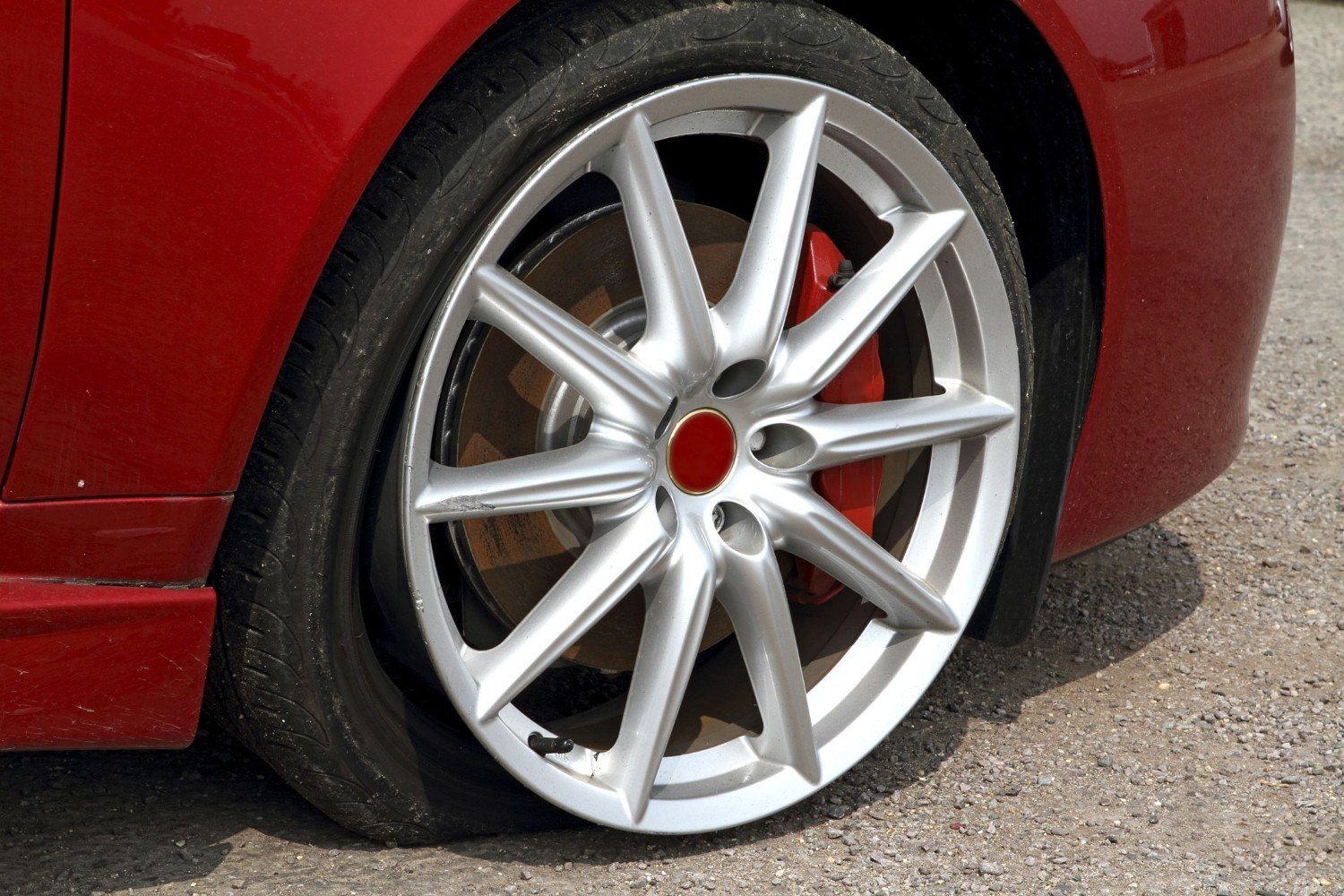Almost every driver will experience a flat tyre one day; some have to deal with multiple punctures over their motoring lives - even if they’re sticklers for maintenance. But that first flat can be a stressful experience. After all, the relatively comprehensive UK driving test doesn’t cover changing a tyre.
A common sign you have a flat tyre is when your vehicle pulls to one side (depending on which side the tyre is on). You may hear a thump and feel rumbling through the steering wheel. Other punctures are slower. It’s important to act quickly and avoid driving on a puncture, since it can damage the wheel and impact your ability to control the vehicle.

For some motorists, it can feel a little embarrassing not knowing how to change a tyre - not to mention frustrating because you understandably want to get back on the road as soon as possible. But remember that even experienced drivers can have trouble swapping a tyre.
And of course, not everyone will be physically able to carry out what can be a demanding task.
Here we offer a practical guide on how to change a flat tyre. If you have the time and inclination, it's a good idea to do a practice tyre change, so you're even better prepared for when you face the dreaded 'flat'.
1. Know what you're working with
The first thing you need to do is see if you have a spare tyre and if it's in full working order. Many people forget to check the condition of their spare tyre or replace it, which means you could be in trouble the next time you have a puncture.
Many modern cars don't have spare tyres to save space but instead include a puncture repair kit, so if you can't find your tyre don't panic.
2. Make sure you have everything you need
You don't want to start changing a flat car tyre if you don't have everything you need, so you need to make sure you're fully prepared first. If you have to change a tyre, you need the vehicle handbook (this contains specific information, such as where to attach the jack), the spare wheel, a vehicle jack, a wheel-nut wrench with extension bar and locking wheel nut adapter if fitted, at least one wheel chock, gloves, something to kneel on, a sharp knife or cutters to remove cable ties, torch, reflective jacket and sensible shoes.
3. Move to an appropriate area
You should never change a wheel on the hard shoulder of a motorway or on soft, loose or uneven ground. If you get a flat tyre on the motorway call for recovery assistance.
4. Get all passengers out of the car
Passengers need to be out of the car and in a safe area before you attempt to change a tyre. It's unsafe to jack a vehicle with people still in it and even if the weather is bad, passengers have to be out.
5. Prepare the car
Before you start to change the tyre you need to switch off the car, apply the handbrake, engage first gear or 'P' if it's an automatic, chock the wheel diagonally opposite the one to be replaced, and switch the hazard lights on. Once this is done you need to remove the wheel trim and place the jack in the recommended lifting position. Your vehicle handbook will tell you how to do this correctly.
6. Start lifting
Once all the above steps have been completed, it's time to start lifting the car. The jack needs to be raised so the wheel is just clear of the ground.
7. Loosen the nuts and bolts
Using the wheel brace and locking wheel-nut adapter, turn the wheel nuts/bolt anti-clockwise to undo. The top nut/bolt should be left until last so it's easier to lift the wheel off.
8. Attach the new wheel
Attaching the new wheel is reasonably simple. Place it in the required place and then tighten the top nut/bolt and work your way around the tyre diagonally.
9. Get ready to go
Lower the car carefully back to the ground and remove the jack. Tighten the bolts no more than ½ a turn past tight or tighten to manufacturer recommendations. Store the damaged wheel safely in the boot, along with your tools. After a short journey, re check the bolt tightness and when you are having your flat tyre replaced, ask the mechanic to also check the wheel and tyre you fitted.
And remember…
Spare tyres generally aren't designed to go above 50mph and need to be replaced as soon as possible.




